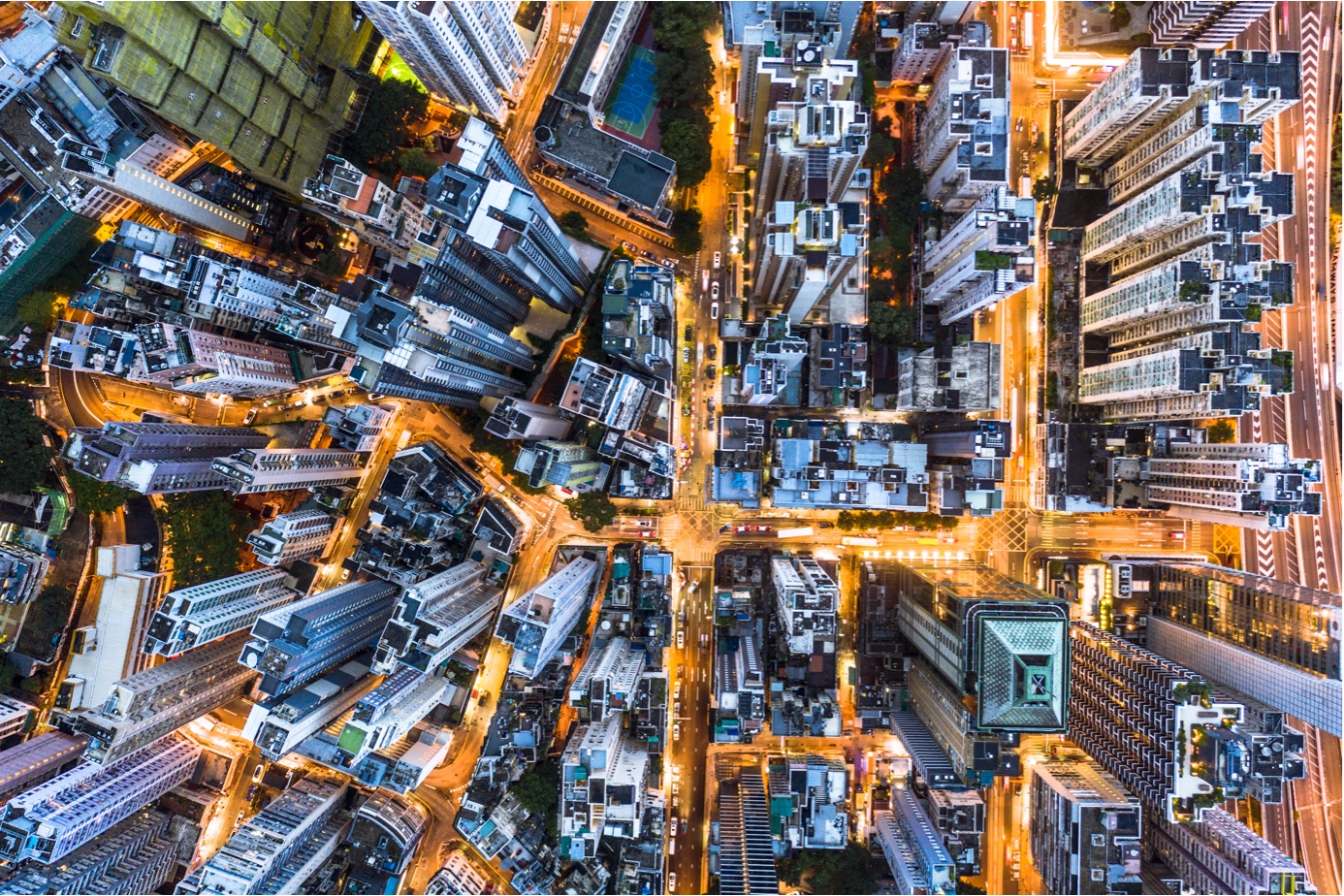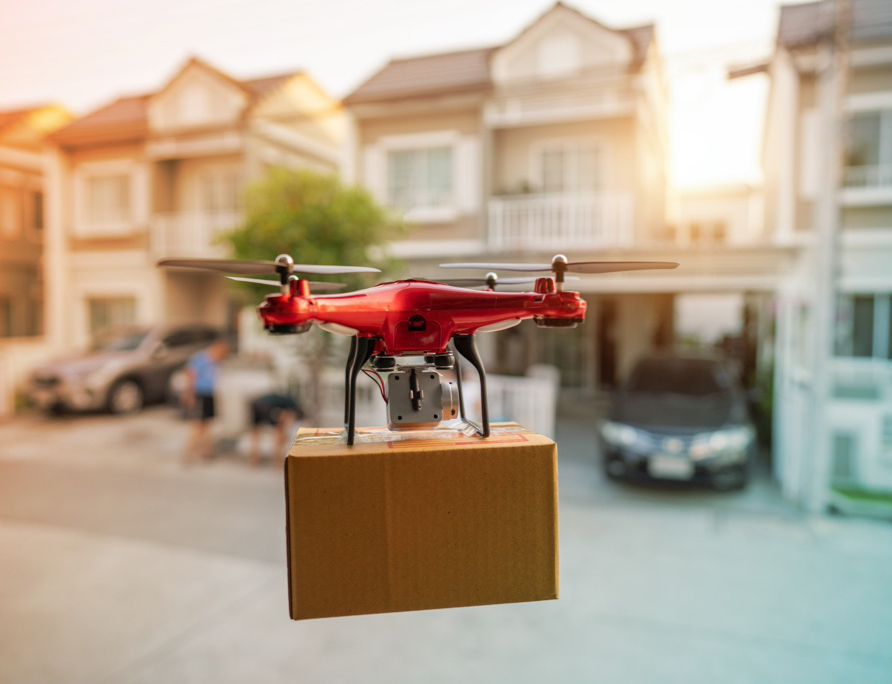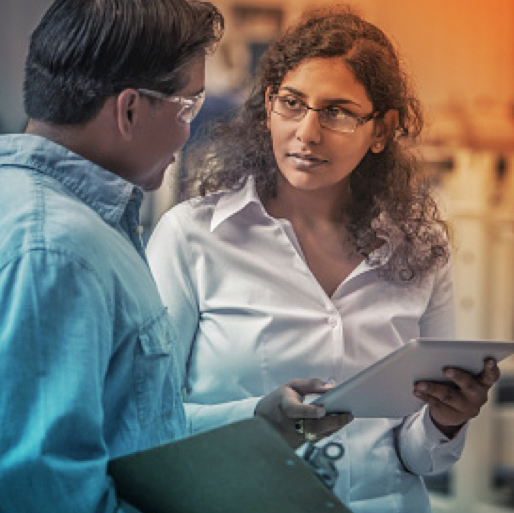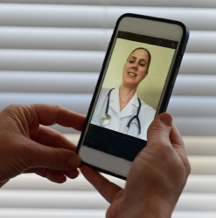
The Resilience of Humanity
How Infrastructure and Technology Will Move Us Forward



The COVID-19 pandemic has spurred an acceleration and reimagining of our global, physical and digital infrastructure like never before. Long-term resilience and industry renewal are at the heart of these real-time technology-driven advancements that will ultimately evolve our infrastructure for the betterment of society and humanity.
Scroll down to discover how technologists in four unique sectors are brainstorming, researching and innovating purpose-driven technology in new ways.


- 1 Energy & Utilities
- 2 Workspaces & Communication
- 3 Transportation & Safety
- 4 Security Data & Automation
The Future of Energy Grids Across the Globe
How can we transform and modernize energy grids and make sustainability a priority?
Many of today’s energy grids are running antiquated code and consist of crumbling physical systems that are over three decades old. “Funds can usually be found for new projects, but not to operate and maintain existing projects,” says IEEE Senior Member Jill S. Tietjen. “Much of the electricity grid is well beyond its design life including much of the transmission and distribution infrastructure, as well as many generating plants.”
In South Sudan, which emerged from civil war, only one percent of its 12.5 million people can access the electric grid, according to IEEE Spectrum. In situations like these, energy engineers have an opportunity to reimagine the best approach to implementing long-term energy efficiency solutions that work for all citizens.
“Maturing of storage and storage technologies is one of the most important technologies being developed. Storage will enable more effective use of renewable energy technologies.”
 Jill S. Tietjen
Jill S. TietjenIEEE Senior Member
How Should We Invest In Our Energy Grids?
- Invest in Sustainable Technology
-
“Investing in sustainable energy solutions helps countries provide electricity at the lowest possible costs. When implemented in a distributed manner, sustainable energy options can also increase the resilience of our electricity infrastructure, allowing it to withstand and bounce back quickly from shocks caused by extreme weather events.”
– Kaitlyn Bunker, IEEE Member
- Fix Existing Structures
- Invest in Microgrids
Young Engineers and Their Impact on the Future of Our Energy Grids
Rethinking Our Workspaces and Communication
What does a shift to remote work and virtual communications—for some—mean for the next industrial revolution?
From hospitals to manufacturing facilities to corporate work environments, technology continues to drive the new ways we communicate, accelerated by the COVID-19 pandemic. “Remote work is becoming an important norm,” says IEEE Member David Krum. “Thus, communication technologies for remote collaboration and learning have become vital. This is a complex gamut of technologies from web-based apps to virtual reality systems. These technologies have had a substantial impact on education, software development and even things as universal as how businesses route paperwork.”
With these new changes rapidly being developed and implemented across the globe, industry 5.0 might arrive sooner than experts once thought.
“Industry is certainly adapting, and trying to understand how to conduct their business even when their staff and customers are not physically present in one place. Hopefully, this brings the required culture change that will consolidate digitalization technologies as a part of their daily business, and legacy systems are being revisited to adapt to this new reality.”
 MARCOS SIMPLICIO
MARCOS SIMPLICIOIEEE Member
Where Should Digital Transformation Efforts be Focused?
- Cloud Computing
-
“Cloud computing has been on the radar for several years, making the transition at varying speeds. However, the pandemic has accelerated digital strategies and, thus, cloud adoption. Cloud has practical applications for industry, such as disaster recovery and enabling remote work. However, its true value comes as the foundational layer for innovation accelerators such as artificial intelligence and IoT.”
– Carmen Fontana, IEEE Member
- 5G
- IoT
How Industry 5.0 Will Impact Our Offices
Transforming Transportation to Ensure Safety
How can we restructure outdated transportation modes and networks to be more efficient, sustainable and safer?
As electric cars and autonomous vehicles become more prevalent on our roads, technologists are considering the implications and impact these innovations will have on the larger transportation infrastructure. An article in IEEE Spectrum on vehicle-to-vehicle technology suggests this will potentially allow the elimination of traffic lights and notes “We have nothing to lose except countless hours sitting in our cars while going nowhere.”
While it is typically civil engineers who reimagine how our roads, bridges and railroad tracks are being developed, technologists have the power to create the technology that brings forth and drives that motive to make the change through smart vehicles and sensors.
“Efficient and safe transportation systems are key to human progress: enabling seamless movement of people and goods – whether it is across town or across continents. ”
 Venkat Krovi
Venkat KroviIEEE Senior Member
What Transportation Technology are You Most Interested in Using?
- Flying Cars and Drones
-
“Infrastructure will need to change to handle driverless/highly automated vehicles and aerial shared transports such as flying taxis.”
– Paul Kostek, IEEE Member - Electric and Autonomous Trucks and Cars
- Smart Public Transportation
How Sensors Monitor Bridges to Keep Us Safe
Protecting Our Security, Data and Automation
How can we ensure our data and privacy are protected in an increasingly digital world?
Cybersecurity has continued to be a critical issue as the pandemic forced many businesses to shift to remote workforces. “In fact, since the year 2018, mankind has witnessed the most horrific cases of cybercrimes related to massive data breaches, flaws in microchips, cryptojacking and many others,” reports the IEEE Computer Society.
“We need the technology to be able to resist attack and work with minimal risk of disruption or compromise,” says IEEE Member Steven Furnell. “We need it to happen from the outset rather than a realization once it’s already out there and vulnerable in volume.”
“As more people enter the digital world, cyber threats are likely to surge, aided by AI and analytics tools. While cybersecurity systems will step up to the challenge using the same tools, the gap in user awareness will be the biggest threat.”
 Aiyappan Pillai
Aiyappan PillaiIEEE Member
Which Technology Do You Think Best Protects Our Data?
- AI
-
“The introduction of machine learning and artificial intelligence is making these systems more responsive to detecting anomalies and a well-hidden attack attempt. By the same token, bad actors are enhancing the complexity and intelligence of their cybersecurity attacks.”
– Babak Beheshti, IEEE Senior Member
- Hardware Authentication
- Cloud Computing